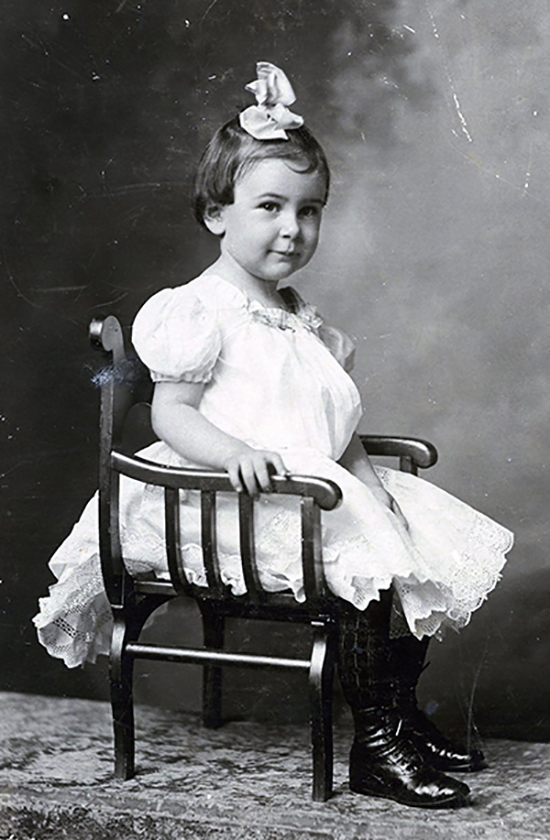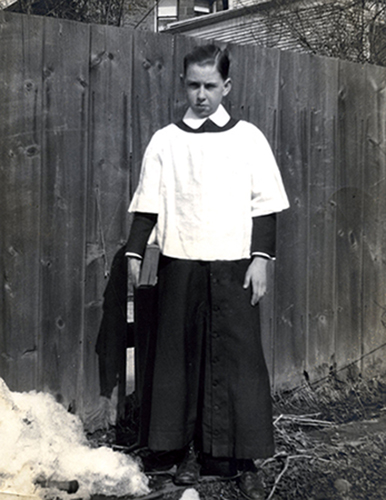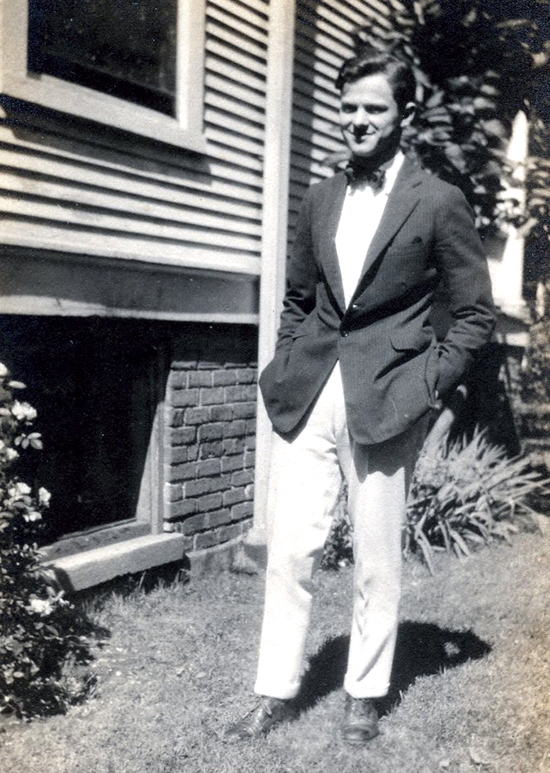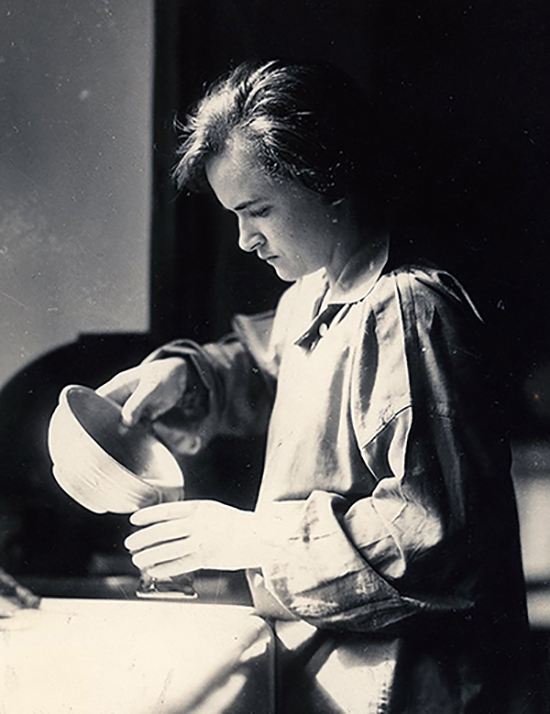
The Early Years
EVANSTON & THE NORTH SHORE, 1901-1942
Helen Balfour was born August 1, 1901, in Evanston, Illinois, the daughter of Fannie Lindley (whose father, Charles, was an architect) and Alexander Balfour, an engineer and a proud, aristocratic Scotsman. Four years later, Helen’s brother, Malcolm (“Mac”) was born.
In Scotland, Alexander Balfour (born Alistair), was the second of five boys, all of whom were singers. Alistair sang tenor solo in the Breckin Cathedral. But in his last year of engineering, he struck his Latin professor in a rage and, fearing the consequences, left for the New World to start over. Here he changed his name to Alexander and headed to Evanston to finish his education.
But finding he could make a lot of money as a plumber, he started his own business, put in the water mains in Evanston and Waukegan, married, and had a daughter. When he met Fannie he was rich, but divorced and quite a bit older than she. According to Helen, her parents were diametric opposites, the calm and the storm. Soon after they married, labor unions began taking over. Alexander was an outspoken opponent, and when the unions retaliated, his income dried up, and the family lived largely on Fannie’s inheritance.

Helen’s Brother Mac Balfour
Like his father, HELEN’S BROTHER MAC was a singer – the best boy soprano in the Chicago area. He and Helen grew up in relative comfort until their mother became ill. Helen, then in high school, took a job in a camera store to help pay for medicines and doctor bills. When her mother died, Helen was seventeen. Instead of college, she took a job in a big photography studio, learning to use the portrait camera and to develop and print photos. Her marketing ideas helped expand the business, which focused on weddings, families, graduations, and yearbooks. When she had enough money to buy a camera, she and Mac went on their own.
In 1926, Helen married ROBERT MORRISON, then a reporter with the Herald Examiner, and they moved into the Library Plaza Hotel (now the Orrington) in Evanston. Their friends were mostly writers and reporters, and through them Helen developed a taste for modern literature and became distinctly modern in all ways.
After two years, Helen became seriously ill with a strep throat that required five months of bed rest because the virus had affected her heart. Unable to work herself, she reserved another room in the hotel, put in phones for a solicitor and a salesman, and ran operations from her bed. Mac was the photographer, and thus began the “Malcolm Balfour Studio: pictures taken on location.” When Helen’s health improved, she hired additional solicitors, photographers, and an office manager. With Helen at the helm, it became a highly creative and lucrative business.
But again Helen became ill, with another five months in bed. She resumed work with energy and drive, but this time the pace was too much. A third illness was catastrophic, but it brought her into a new life. She decided to turn the studio over to Mac, move to Winnetka with Bob, and seek a more balanced life.

Robert Morrison

Carol-lou Burnham
During her long recovery in Winnetka, she met the artist, CAROL-LOU BURNHAM, who took her to hear the charismatic landscape architect JENS JENSEN. This event began her career as an artist, photographing notable men and women. In 1935 Helen and Carol-Lou, who became her photographic assistant, made a driving trip to Kentucky, where Helen made an extraordinary collection of sensitive photographs of life in freed-slave rural communities.
By 1940 Helen and Bob (now an executive with Colliers magazine) were ready to build a home of their own. They searched for land and Helen started knocking on doors, interviewing architects. She chose ROBERT SEYFARTH to design the new house in Northbrook, where she set up her dark room in the basement and continued making portraits..

